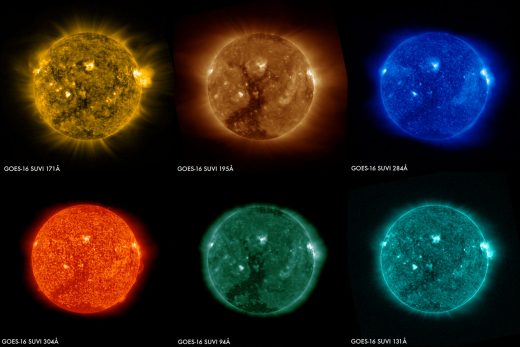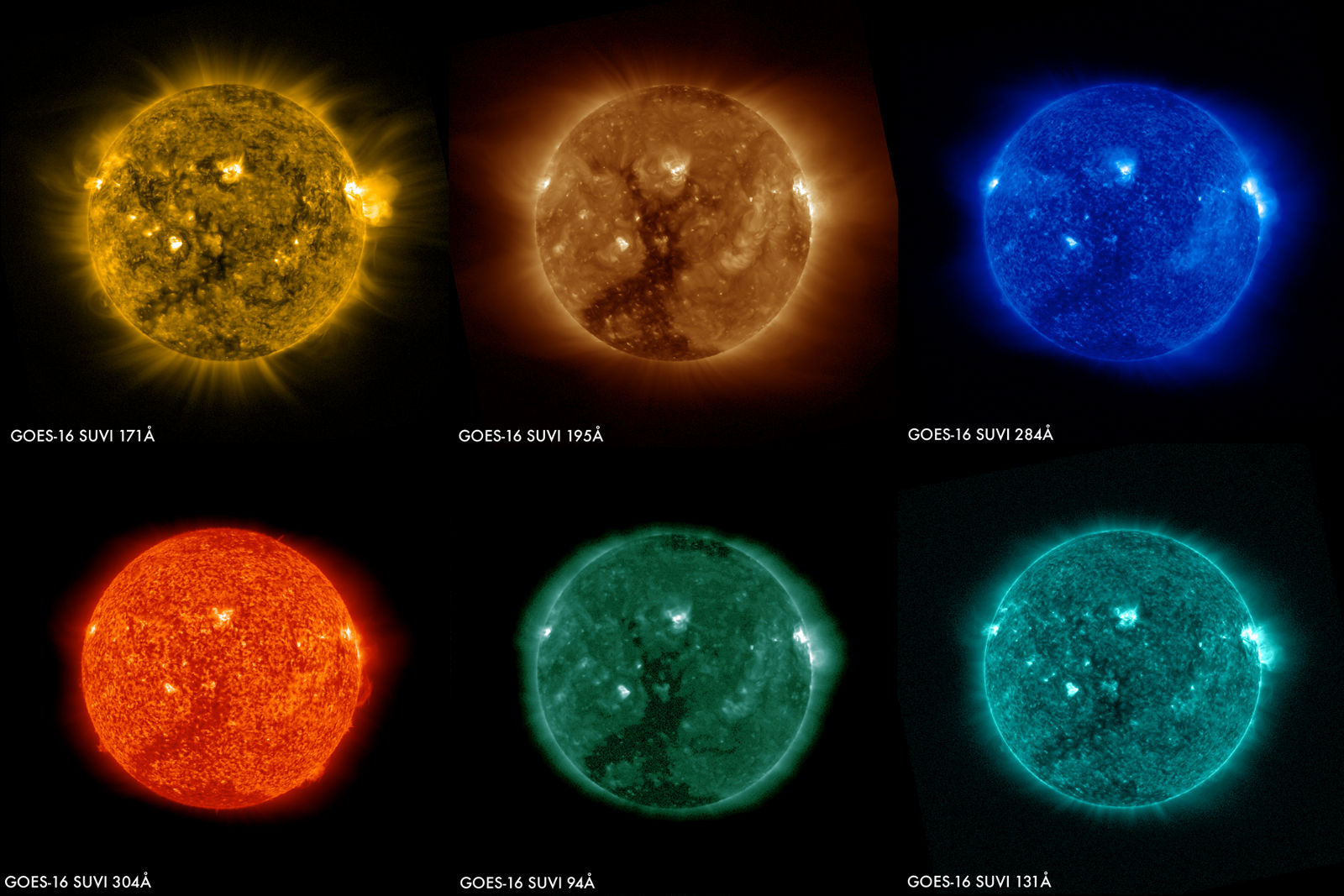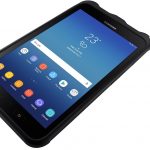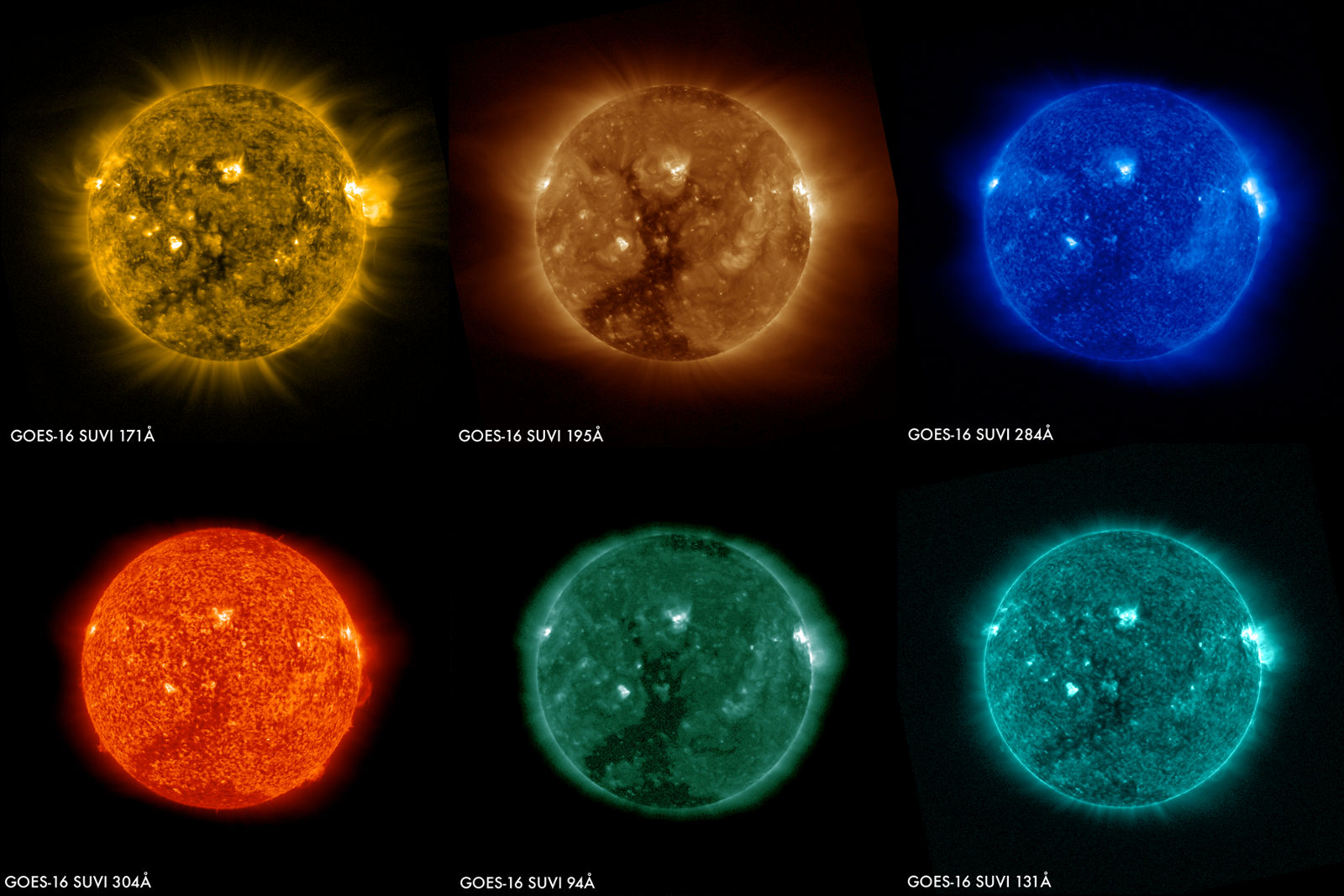NOAA’s GOES-16 weather satellite takes its first solar images
NOAA’s next-gen weather satellite GOES-16 beamed back photos of the Earth and the moon back in January, but that was just a taste of what it can do. Now, the Solar Ultraviolet Imager (SUVI) onboard the satellite has taken its first solar images, and NOAA has stitched them together to create a video that you can watch after the break. The images, taken on January 29th, show a large coronal hole in the sun’s southern hemisphere. Coronal holes are parts of the solar surface where the corona (or outer atmosphere) looks darker than usual.
NASA says the sun’s 11-year cycle is approaching solar minimum, a period of time when solar flares are rare and coronal holes are the main source of solar phenomena. This particular one, for instance, caused aurora to appear in the poles. GOES-16 was designed to monitor any kind of solar activity, though, including solar flares and geomagnetic storms.
The spacecraft’s abilities all depend on SUVI, which observes the sun in six different EUV channels that you can see in the image above. These channels give the instrument a way to estimate coronal plasma temperatures and emission measurements necessary for space weather forecasting. NASA and NOAA expect the satellite to be able send us early warnings of dangerous solar activities that can pose a risk to satellites, power grids and telecom companies.
(46)















